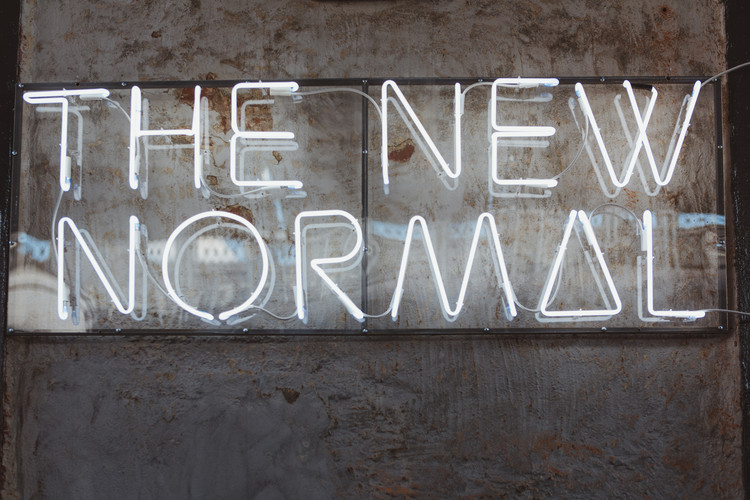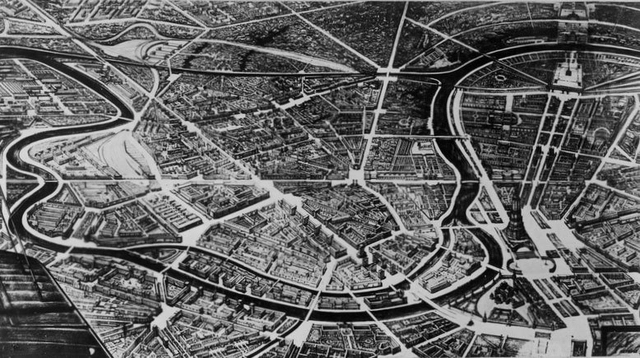_(1).jpg?1587734157&format=webp&width=640&height=580)
ArchDaily and Strelka Mag have launched a jointly curated section that will host projects of emerging architects and offices that promote new design ideas and bring about positive transformations in their cities.
The platform welcomes projects from Armenia, Azerbaijan, Belarus, Estonia, Georgia, Kazakhstan, Kyrgyzstan, Latvia, Lithuania, Moldova, Russia, Tajikistan, Turkmenistan, Ukraine, and Uzbekistan.
The key criteria for selecting projects will be sustainability, flexibility, and cost-efficiency.



























































